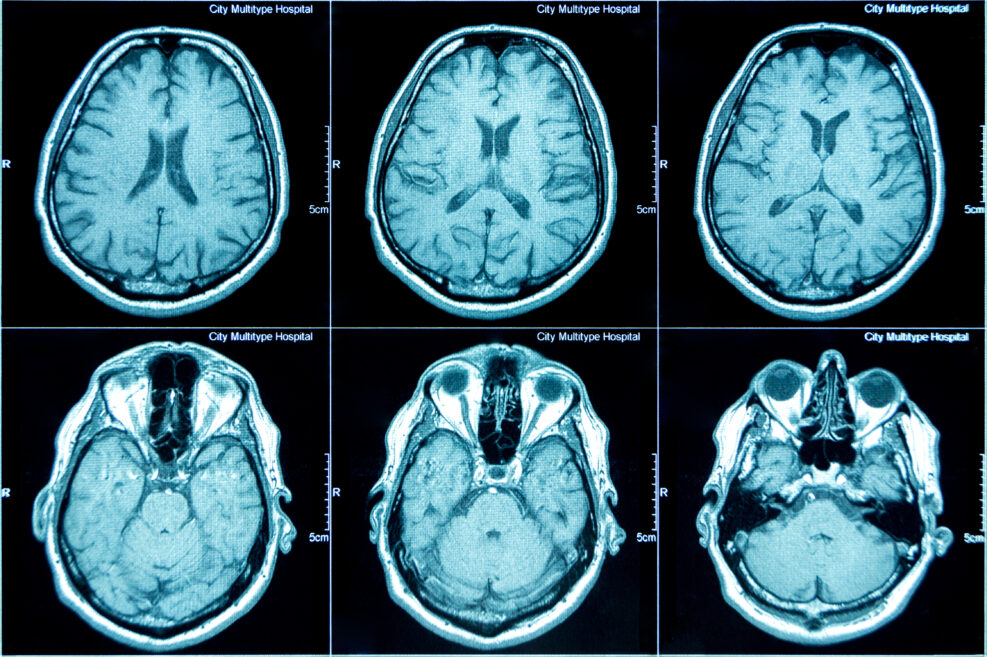
Taghuman brain

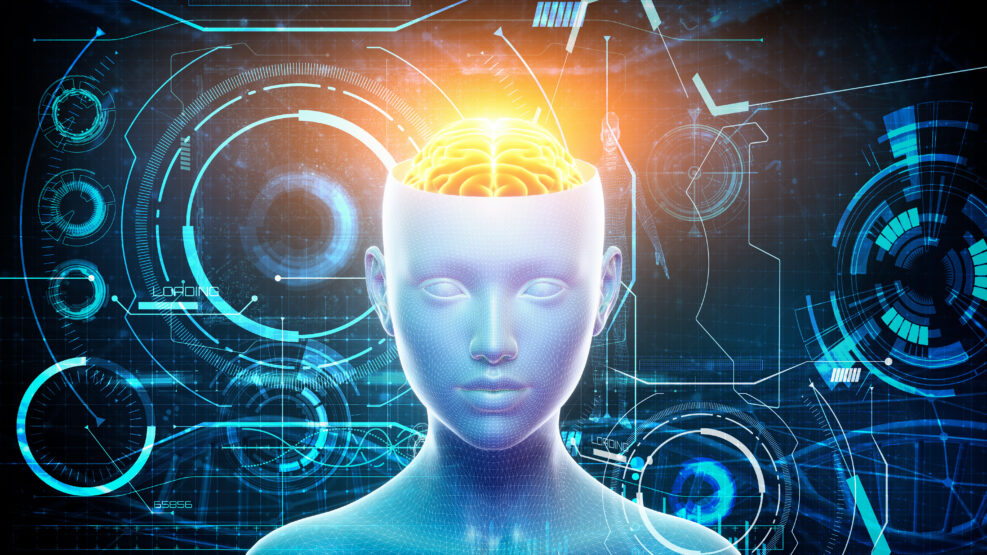
Is the Human Brain Just GPT-3 Made of Meat?

Students Depend on ChatGPT for Final Exams
The new bot will only get better from here, but it won’t help students become better thinkersChatGPT, OpenAI’s new artificial intelligence chatbot, has made headlines for over a month now, and for good reason. It’s an advanced bot designed to problem solve. It can “converse” with people on a range of topics. A problem for us to solve now is how to deal with ChatGPT’s invasion into the sphere of education. Students report using ChatGPT on final exams and papers according to a recent write-up from The College Fix. One College of Staten Island student used the bot on both final exams and “got As on both.” He commented that “half the kids in my class used it.” The student also noted that he used the chatbot to complete a multiple-choice exam, on which he got Read More ›

Making Art Is Uniquely Human
While the architects of AI "art" tools like to think their technology can replace human creativity, the artistic impulse is uniquely humanIn my last post, I wrote about a novelist who used a version of the AI art tool known as Stable Diffusion to gather images for a promotional website. She wanted erotic and violent elements in the artwork and found that other AI art tools included “guardrails” limiting access to graphic results. But if these images are disconnected from a human, imaginative process, can we say AI-generated results qualify as creative works? Artificial intelligence doesn’t only challenge our notions of what it means to be human. It also makes us wonder what it means to make art and whether human beings are the only agents capable of creating it. Walter Kirn addressed this question poignantly in a Substack essay. Kirn Read More ›
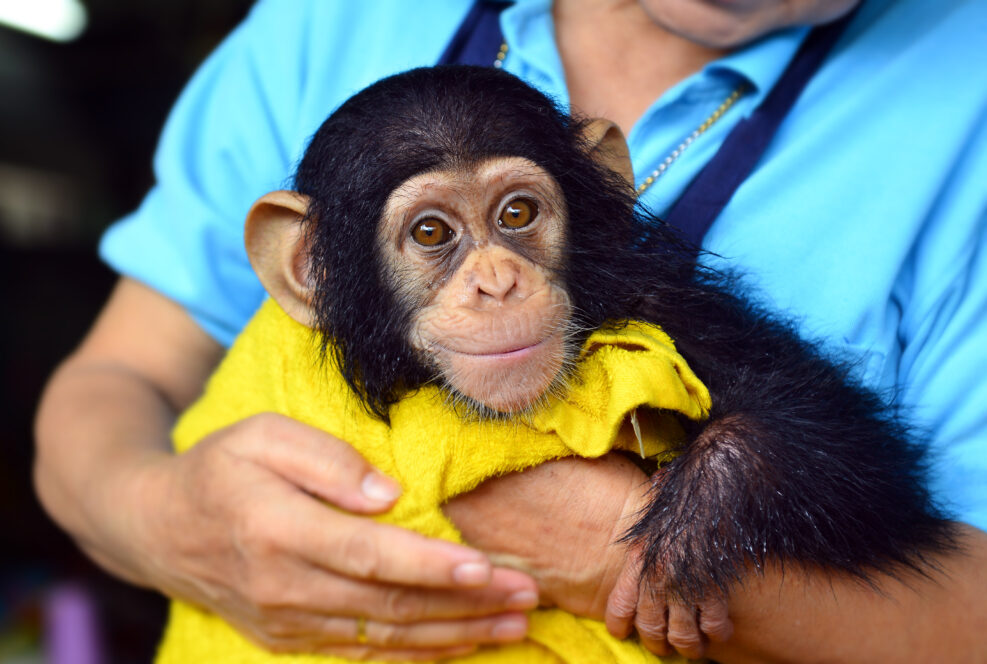
Human Brain Has Many More Language Connections Than Chimp Brain
That finding isn’t surprising in principle but the researchers pinned down specific areas of greater connectivityIn a study of brain scans from 50 humans and 29 chimpanzees, researchers discovered an interesting difference: The connections between language areas in the human brain are much larger than previously thought and quite different from those of the chimpanzee brain. That’s, of course, consistent with the relative complexity of human thought and language but the question had not really been examined before with a focus on one specific area. The researchers were interested in a nerve tract that connects the frontal and temporal lobes of the brain, the arcuate fasciculus. Chimpanzee brain connectivity seems to involve mainly the temporal lobe but in humans there is a connection towards the frontal and parietal lobes via the arcuate fasciculus. “Our findings Read More ›

An Ocean in Our Brains?
An “ocean” does not hardly begin to describe our brains.,An “ocean” does not hardly begin to describe our brains: For years, the brain has been thought of as a biological computer that processes information through traditional circuits, whereby data zips straight from one cell to another. While that model is still accurate, a new study shows that there’s also a second, very different way that the brain parses information: through the interactions of waves of neural activity. The findings help researchers better understand how the brain processes information. Salk Institute, “An ocean in your brain: Interacting brain waves key to how we process information ” at Salk Institute (April 22, 2022) It is probably much more complex even than that. The paper is open access. You may also wish Read More ›

We Are Now Informed: Consciousness Does Not Really Exist
Rubbish. Giving up consciousness as an illusion would be like turning off the master switch. What would the ensuing darkness and powerlessness tell us?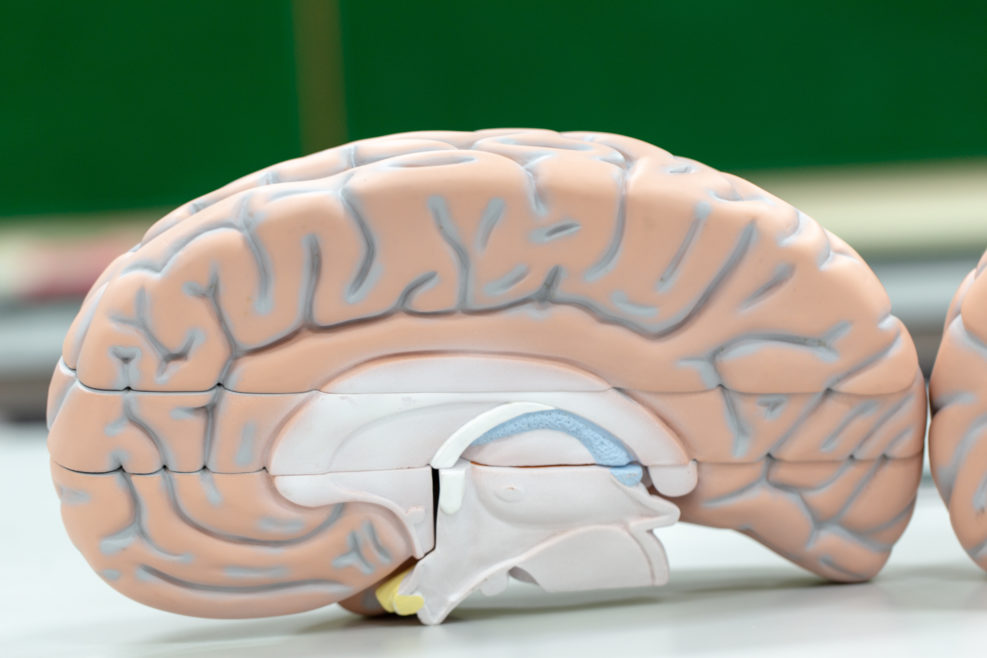
Intelligence: A Thousand Brains — or a Thousand Theories?
What does the iconic mammalian neocortex do that equivalent systems in birds and octopuses can’t do? That’s not clearJeff Hawkins, inventor of PalmPilot (a smartphone predecessor) and co-founder of Numenta (2005), does not lack confidence. After an interview with him in connection with his new book, A Thousand Brains: A New Theory of Intelligence (Basic Books 2021), Will Douglas Heaven tells us at MIT Review, “Neuroscientist and tech entrepreneur Jeff Hawkins claims he’s figured out how intelligence works—and he wants every AI lab in the world to know about it”: He’s not the first Silicon Valley entrepreneur to think he has all the answers—and not everyone is likely to agree with his conclusions. But his ideas could shake up AI. Will Douglas Heaven, ““We’ll never have true AI without first understanding the brain”” at MIT Technology Review (March Read More ›
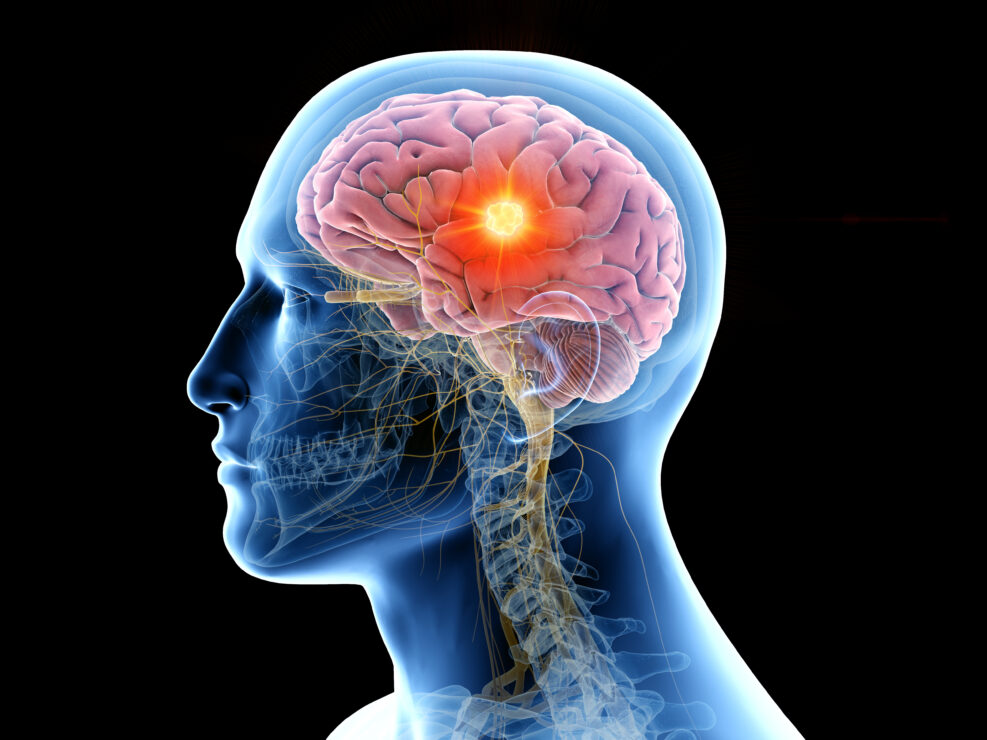
Another New Communications Network Discovered in the Human Brain
Our brains are smarter than we thoughtWe keep discovering new things about the brain: Neuronal oscillations are an essential part of the functioning of the human brain. They regulate the communication between neural networks and the processing of information carried out by the brain by pacing neuronal groups and synchronising brain regions. High-frequency oscillations with frequencies over 100 Hertz are known to indicate the activity of small neuronal populations. However, up to now, they have been considered to be exclusively a local phenomenon. The findings of the European research project demonstrate that also high-frequency oscillations over 100 Hertz synchronize across several brain regions. This important finding reveals that strictly-timed communication between brain regions can be achieved by high-frequency oscillations. University of Helsinki, “A new means of Read More ›

Why did the Human Brain Project Crash and Burn?
To simulate the human brain on a computer was a top flight EU project a decade ago. Today, a filmmaker explores the rubble dreams leave behindThe Human Brain Project from 2013 sounded like science fiction in an EU setting: We will build a brain in a decade: “And, if we do succeed, we will send, in ten years, a hologram to talk to you.” Well, we all got one thing right. It was fiction. Filmmaker Noah Hutton, a sympathetic observer, chronicled the decline, producing a documentary, In Silico, that focuses on booster Henry Markram who, according to his TED talk bio from 2009, was “director of Blue Brain, a supercomputing project that can model components of the mammalian brain to precise cellular detail — and simulate their activity in 3D. Soon he’ll simulate a whole rat brain in real time.” When the project started to Read More ›

Neuroscientist: Your Brain Isn’t for Thinking, Just Surviving
Lisa Feldman Barrett hopes that her materialist perspective will help us deal with our current anxietiesLast Sunday, we featured the views of philosopher Samir Chopra, who argues that anxiety, while distressing, is a normal outcome of our human ability to see the past and the future as well as the present. A pig gets anxious when he sees that his trough is empty. But he cannot, by nature, know that he is destined for the menu at a local fast food place, let alone that all his kin have gone that way. Knowing the past and sensing the future opens up both great powers and vast avenues of anxiety for a human mind. But, in an op-ed in the New York Times, psychologist and neuroscientist Lisa Feldman Barrett (pictured), the author of Seven and a Read More ›

Study: The Human Brain and the Universe Are Remarkably Similar
It looks as though the universe is not random but rather patterned in the way it unfoldsRecently, Franco Vazza, an astrophysicist at the University of Bologna and Alberto Felleti, a neurosurgeon at the University of Verona, decided to compare the network of human brain cells and the network of galaxies in our universe. Even though the universe is 27 orders of magnitude bigger than a single human brain, remarkable similarities emerged: The human brain functions thanks to its wide neuronal network that is deemed to contain approximately 69 billion neurons. On the other hand, the observable universe is composed of a cosmic web of at least 100 billion galaxies. Within both systems, only 30% of their masses are composed of galaxies and neurons. Within both systems, galaxies and neurons arrange themselves in long filaments or nodes Read More ›
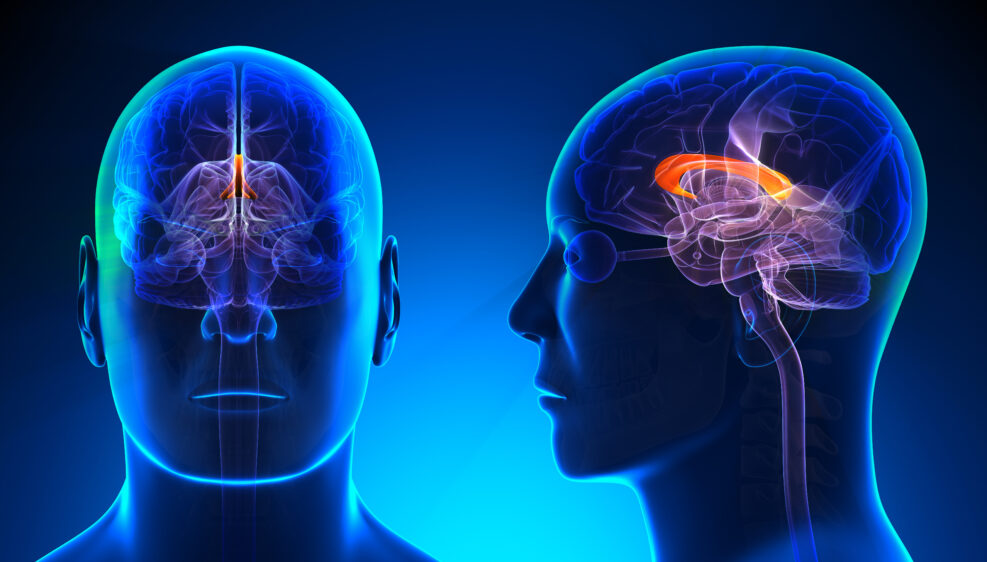
How Can People Lead Normal Lives Without a Connected Brain?
Roughly 25% of people who lack the brain’s transfer station between the hemispheres live normal livesRoughly one in 4,000 people lacks a corpus callosum, the structure of neural fibers that transfers information between the brain’s two hemispheres. Surprisingly, the 25% who have nothing but cerebrospinal fluid do not show signs of abnormality. About half have some brain-related problems and the remaining 25% have serious problems. Researchers wanted to know, how does anyone manage to live normally without a corpus callosum to connect the two hemispheres of the brain? It turns out that the human brain goes into high gear, organizing a fix: In a study published in the journal Cerebral Cortex, neuroscientists from the University of Geneva (UNIGE) discovered that when the neuronal fibres that act as a bridge between the hemispheres are missing, the Read More ›
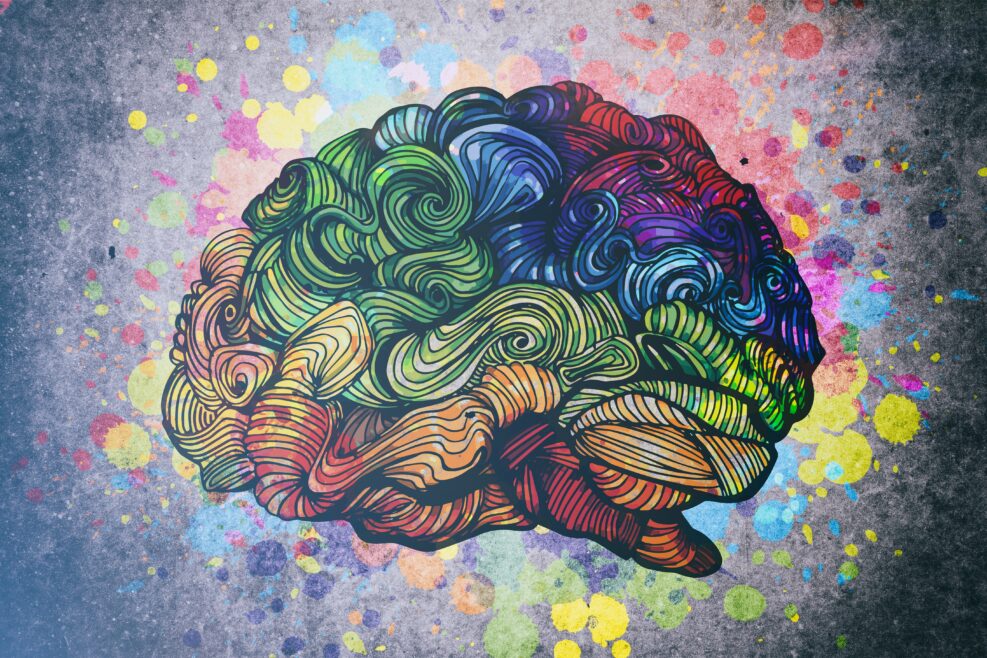
Your Mind vs. Your Brain: Ten Things To Know
Although we are only beginning to understand the workings of the brain, it clearly isn't the same thing as the mind
Human, Mouse, and Fly Brains All Use the Same Basic Mechanisms
The study of brains in recent decades has yielded a very different picture from the patterns we might have expectedWith differing outcomes, of course: A new study led by researchers from King’s College London has shown that humans, mice and flies share the same fundamental genetic mechanisms that regulate the formation and function of brain areas involved in attention and movement control. News Centre, “Humans and flies employ very similar mechanisms for brain development and function” at King’s College London (August 3, 2020) We might have expected a gradual increase in size and complexity, corresponding with ability, leading up to the human brain. But we have learned from recent research that lemurs, with brains 1/200 the size of chimps’, pass same IQ test (the Primate Cognition Test Battery). Human intellectual abilities are orders of magnitude greater than that of Read More ›
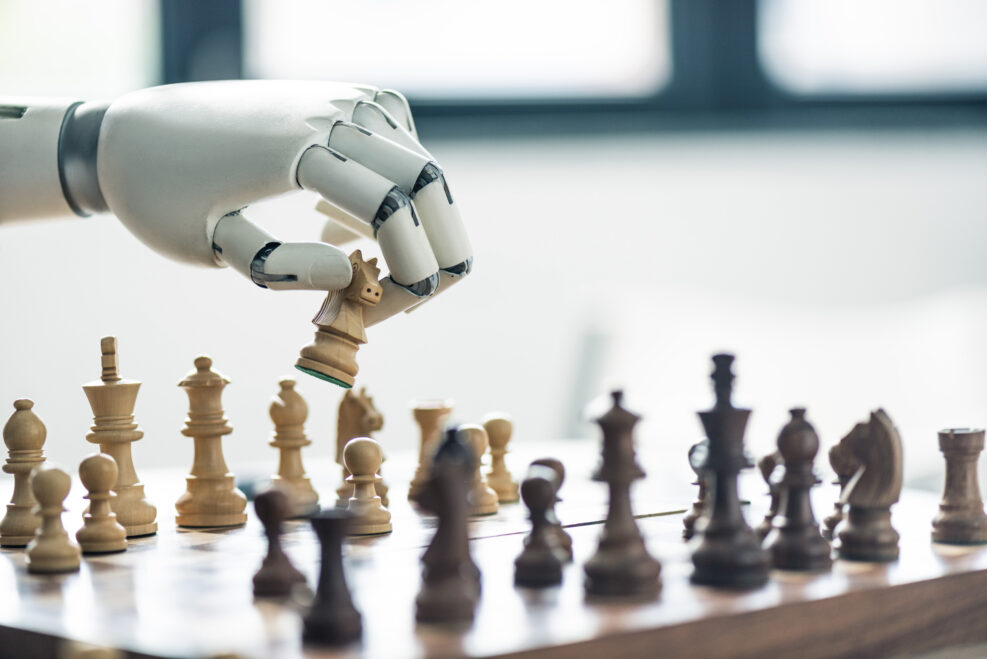
Bingecast: Robert J. Marks on the Limitations of Artificial Intelligence
Robert J. Marks talks with Larry L. Linenschmidt of the Hill Country Institute about nature and limitations of artificial intelligence from a computer science perspective including the misattribution of creativity and understanding to computers. Other Larry L. Linenschmidt podcasts from the Hill Country Institute are available at HillCountryInstitute.org. We appreciate the permission of the Hill Country Institute to rebroadcast this Read More ›

My Right Hemisphere Is An Atheist! No, Wait …
In reality, split-brain surgery does not split consciousness in any meaningful senseThe atheist neuroscientist who has made bizarre claims about the outcomes of split brain surgery appears not to know much about neurosurgery.
Read More ›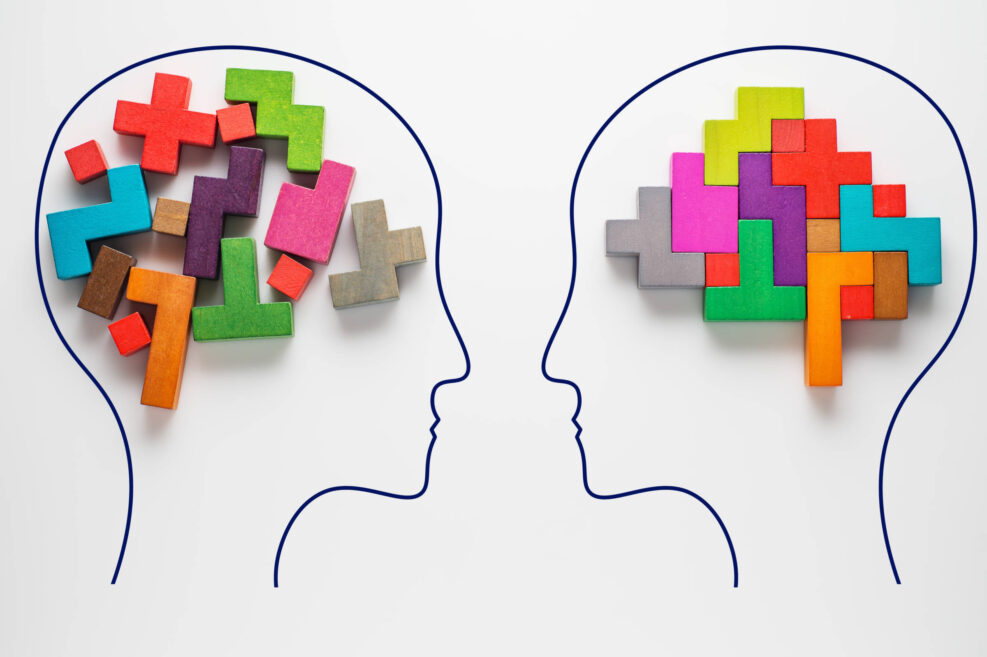
We Will Never “Solve” the Brain
A science historian offers a look at some of the difficulties we face in understanding the brainIn a forthcoming book, science historian Matthew Cobb suggests that we may need to be content with different explanations for different brain parts. And that the image of the brain as a computer is definitely on the way out.
Read More ›
An AI Flash From the Past
Artificial intelligence has been in the news for a long time. Robert J. Marks airs one of his older interviews with Jim French on KIRO Radio to show the similarity to today’s reporting on artificial intelligence. Mind Matters News appreciates the permission of Jim French and KIRO Radio in Seattle to rebroadcast this interview. Show Notes 01:08 | Do computers Read More ›

Researchers: Our Conscious Visual Perception Lies Outside Our Visual Cortex
They concluded that the end step of perceiving where objects are occurs in the frontal lobes, a finding they describe as “radical”A major consequence of the advance of modern neuroscience is that we now “know” so much less than we used to. But what we do know points us in promising research directions.
Read More ›